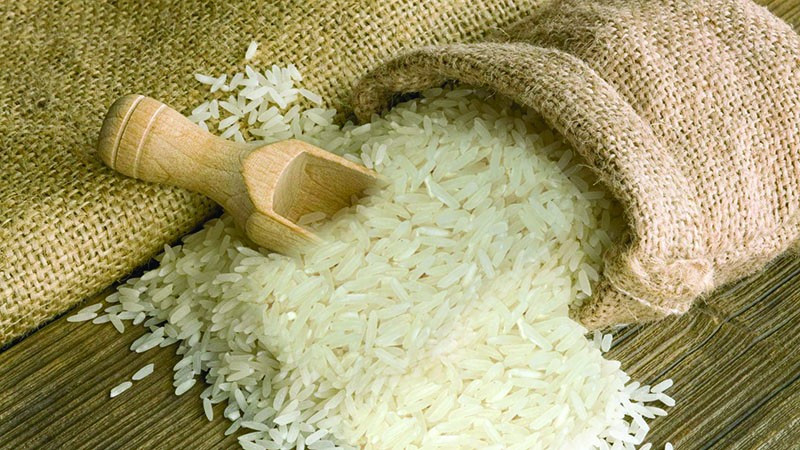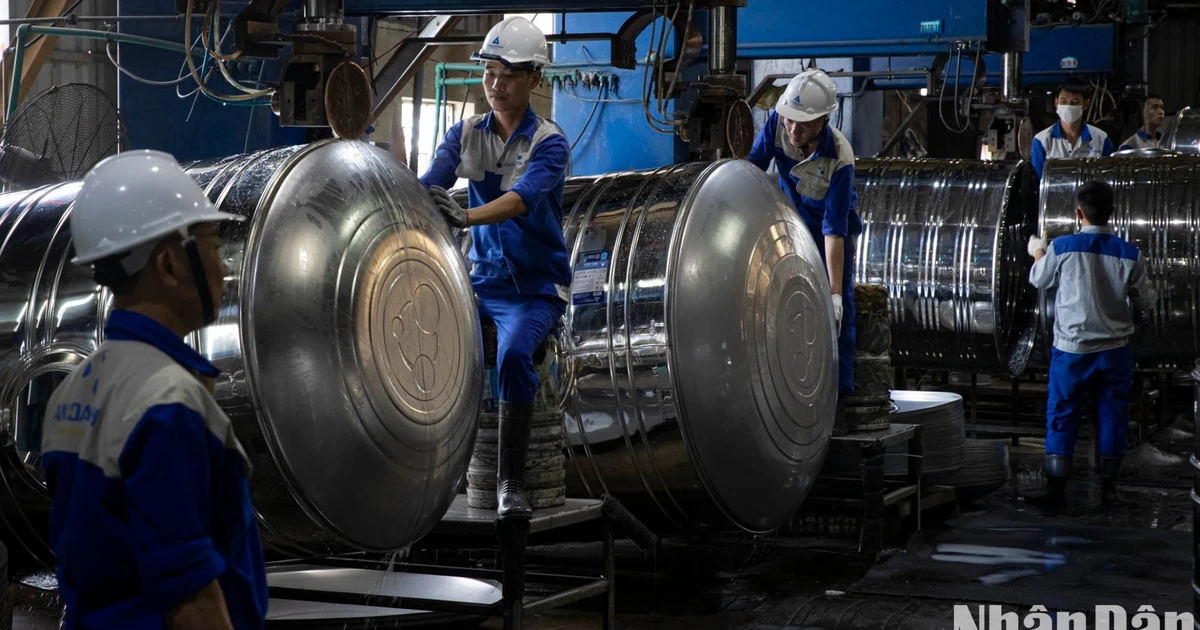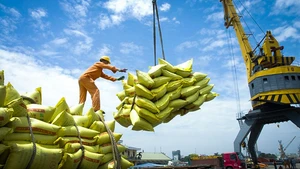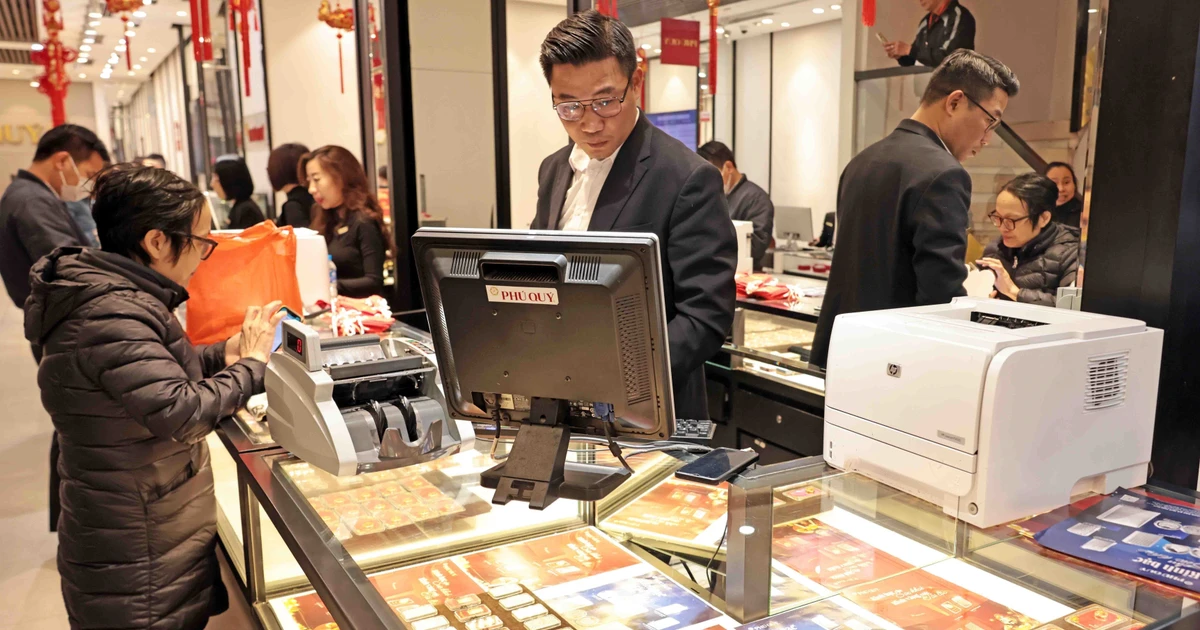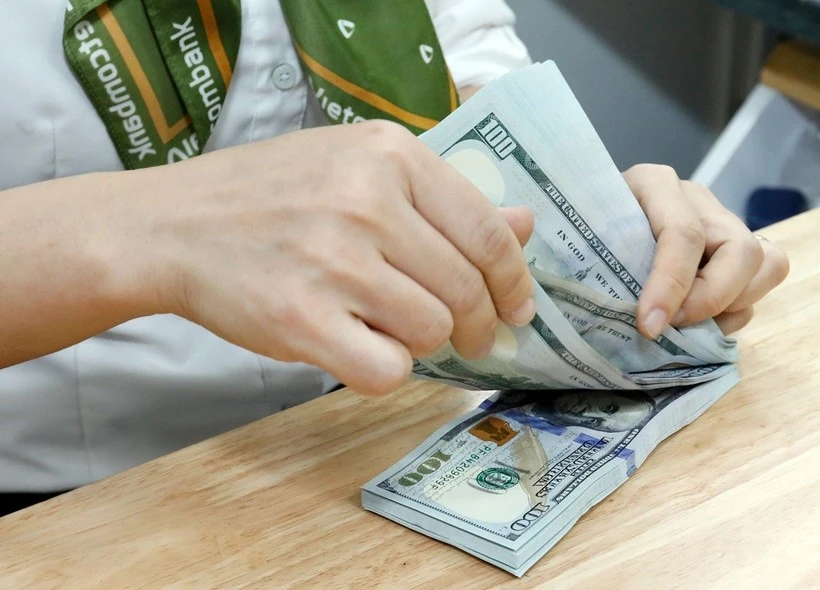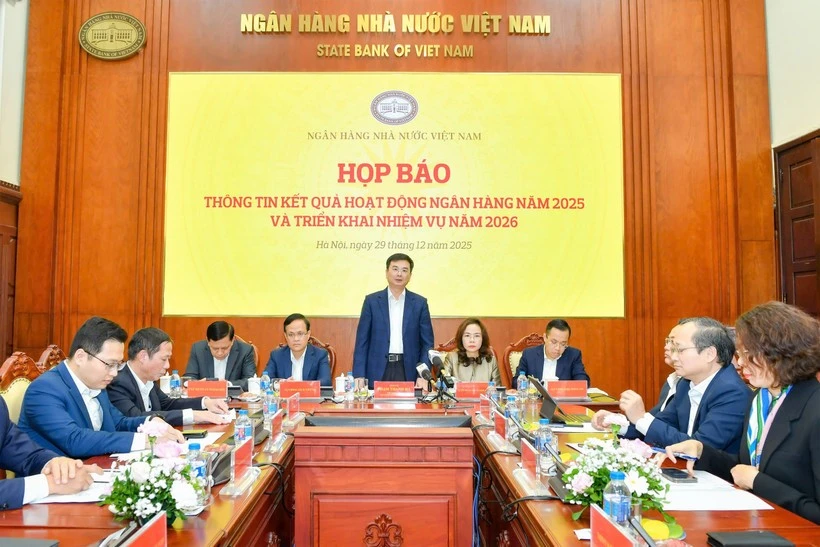Rice prices rise day by day
The good news for Vietnamese farmers and rice exporters is that rice prices have mounted in recent days. According to the Vietnam Food Association (VFA), the export price of 5% broken rice continued to increase to 598 USD per tonne, on August 3. Although the price was 27 USD per tonne lower than the rice price of the same type from Thailand, it was 65 USD per tonne higher than Pakistani rice and even over 100 USD per tonne higher than Indian rice. The export price of 5% broken rice has skyrocketed by 85 USD per tonne, compared with that at the beginning of July and is on track to surpass 600 USD per tonne.
VFA Vice Chairman Do Ha Nam said the price hike is because of India’s rice export ban, pushing up demand in import markets and prices as well. India is the largest rice exporter in the world, so any move related to the country’s rice exports will affect the global market, especially for countries where rice is the main food.
“Since India’s rice export ban, rice prices have soared sharply, although the consumer market has not had any problems. Importing partners actively seek out Vietnamese enterprises to ask for rice and offer 10-20 USD per tonne higher, than the time before India’s ban,” said Do Ha Nam.
According to Director of the Import-Export Department (Ministry of Industry and Trade) Tran Duy Dong, although the global rice trade remains complicated and is affected by the volatility of geopolitics, inflation, and rising raw material prices, Vietnam’s rice production and export have achieved positive results in the first months of 2023.
About 4.83 million tonnes of rice worth 2.58 billion USD was estimated to ship abroad by the end of July, up 18.7% in volume and 29.6% in value, over the same period in 2022. The average export price was estimated at 534 USD per tonne, a rise of 9.2% over the same period in 2022.
The advance in export rice prices has also raised the prices of rice in the domestic market.
Accordingly, the average price of rice gains 50-100 VND per kg each day. Meanwhile, the price of raw rice in some localities has risen 400-500 VND per kg, compared to July 20, 2023 (before the effectiveness of the rice export ban).
In the domestic market, rice prices of all kinds have increased by 2,400 to 3,400 VND per kg, compared to the same period in 2022, according to the VFA.
The price hike in the domestic market in the second quarter was attributed to increasing demand in many markets, such as Indonesia, the Philippines and China, in addition to the decreasing global rice supply, due to significant effects of climate change in some rice-producing countries.
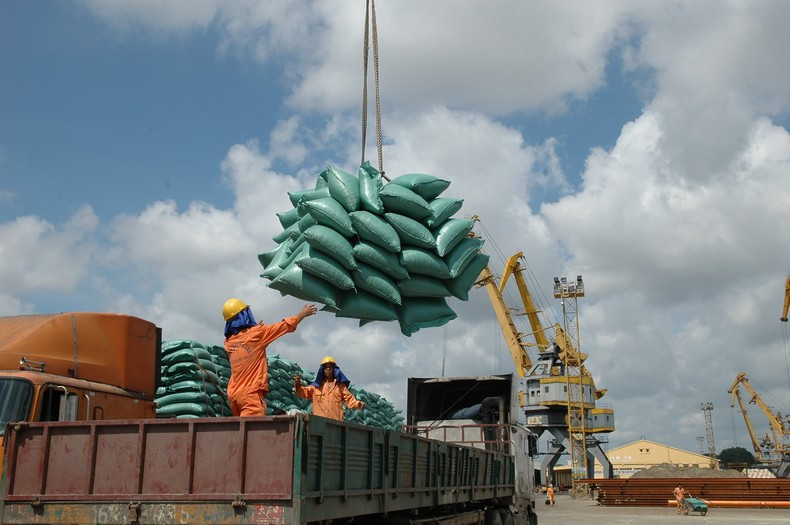 |
| Vietnamese enterprises are taking advantage of opportunities to promote rice exports. |
Solving capital problems for businesses
According to the Director of the Department of Crop Production, Ministry of Agriculture and Rural Development Nguyen Nhu Cuong, Vietnam has about 1.7 million ha of rice in 2023, with an estimated output of 43 million tonnes.
Through inspection in the Mekong River Delta, North Central region, and Red River Delta, the paddy growth is quite favourable and if there are no unexpected problems such as epidemics and natural disasters on a large scale, the country will have a quite successful crop in 2023, Cuong noted.
Cuong affirmed: “Basically, with the current situation, we can completely meet domestic and export demand.”
According to the Ministry of Agriculture and Rural Development, with an expected rice output of over 43 million tonnes in 2023, Vietnam can export over 7.5 million tonnes of rice this year, after ensuring domestic food security, processing, seedlings, and others.
We need to take advantage of this opportunity but still ensure domestic food security. However, access to policies in support of investment in agriculture, especially rice production and trading, remains inadequate.
Most enterprises are finding it difficult to access credit, especially flexible capital sources, while rice prices have been volatile in recent years, even with the unbalanced domestic supply sometimes. Therefore, a low credit limit significantly affects the purchasing progress of traders. At the time of the main harvest season, rice purchasing faces many challenges because banks could not actively extend credit lines for rice exporters.
General Director of Loc Troi Group Nguyen Duy Thuan said that the company needed 10 trillion VND (421.56 million USD) to buy rice from farmers in the winter-spring crop, but up to now, the company has only bought about 6 trillion VND (252.93 million USD) due to the lack of capital.
Loc Troi Group needs about 1 billion USD to secure capital for goods consumption, but the company does not have collateral, so it is difficult to access capital. In addition, with the current high-interest rate, even if the company can borrow money, it will be hard to make a profit, Thuan noted.
In the first quarter of 2023, Loc Troi recorded a slight increase of 5% in net revenue but the cost of goods soared by 22% and interest expenses rose by 2.7 times, compared to the first quarter of 2022. As a result, the company reported a loss of more than 81 billion VND in the first quarter of this year, while it posted a profit of 184 billion VND in the first quarter of 2022.
Vice President of VFA Bui Thi Thanh Tam, suggested the State Bank consider the increase of short-term capital during the main harvest season, especially in February, March and April and guiding traders to access low-interest capital.
Tam also said that the State Bank should promote the policy of unsecured lending in the peak season, based on the results of the appraisal of the performance of enterprises.
